Perampanel May Help Control Seizures in Alzheimer’s Patients
Researchers studied the connection between Alzheimer’s disease (AD) and epilepsy, focusing on how these two conditions can affect each other.
Plain‑language summaries on epilepsy comorbidities explained—ADHD, autism, anxiety, depression, and more—plus practical tips for families.
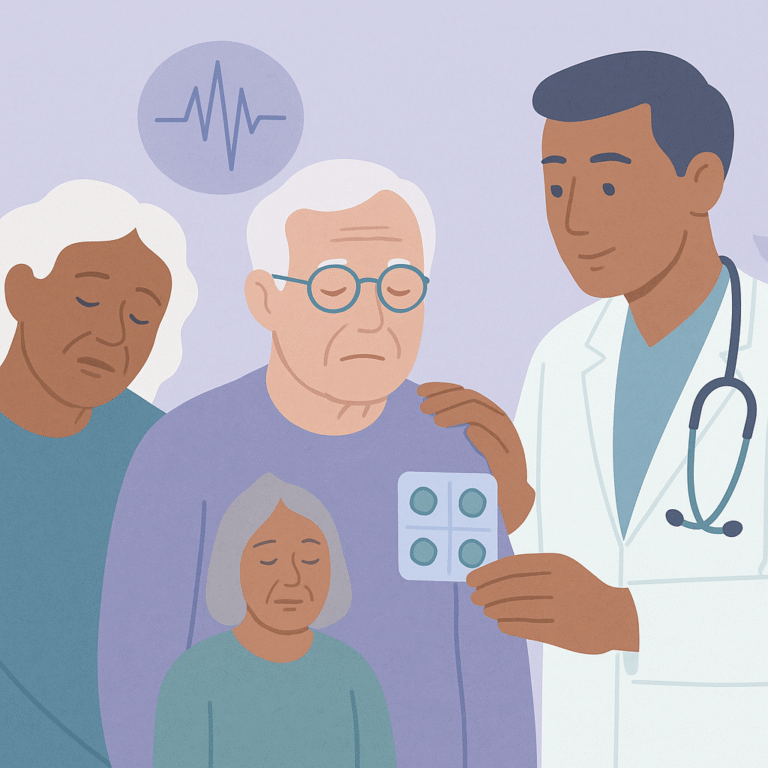
Researchers studied the connection between Alzheimer’s disease (AD) and epilepsy, focusing on how these two conditions can affect each other.
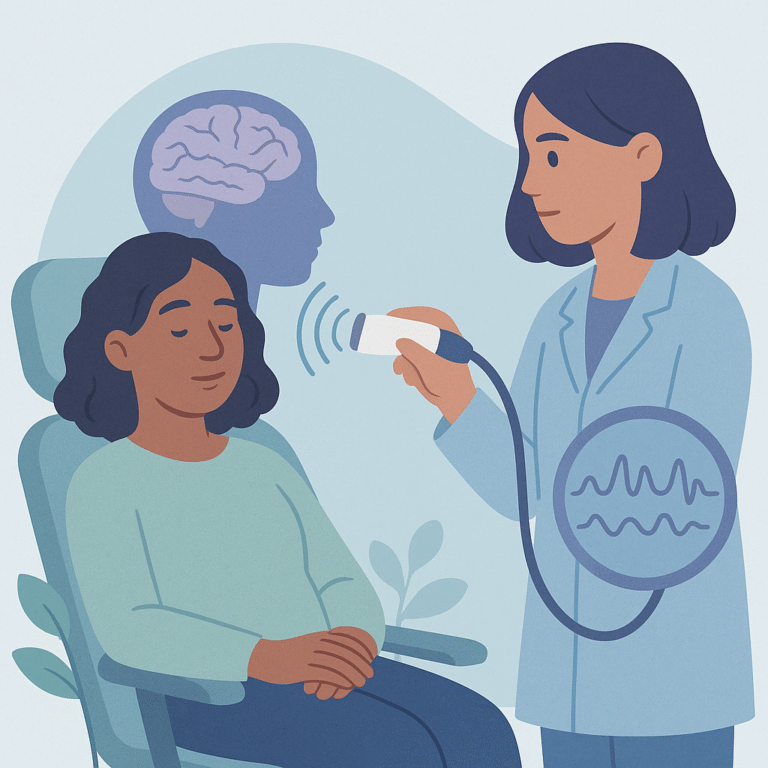
Researchers studied a technique called transcranial focused ultrasound (tFUS), which is a non-invasive way to stimulate specific areas of the brain using sound waves.
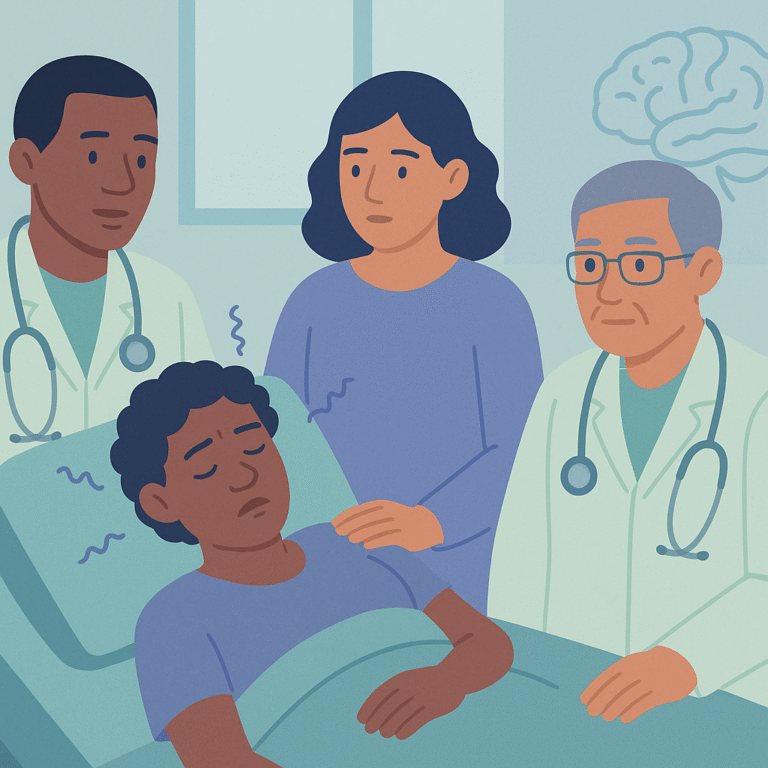
This study looked at how to recognize early seizures that can happen after a stroke, focusing on adults who had either an ischemic stroke or a type of bleeding in the brain.
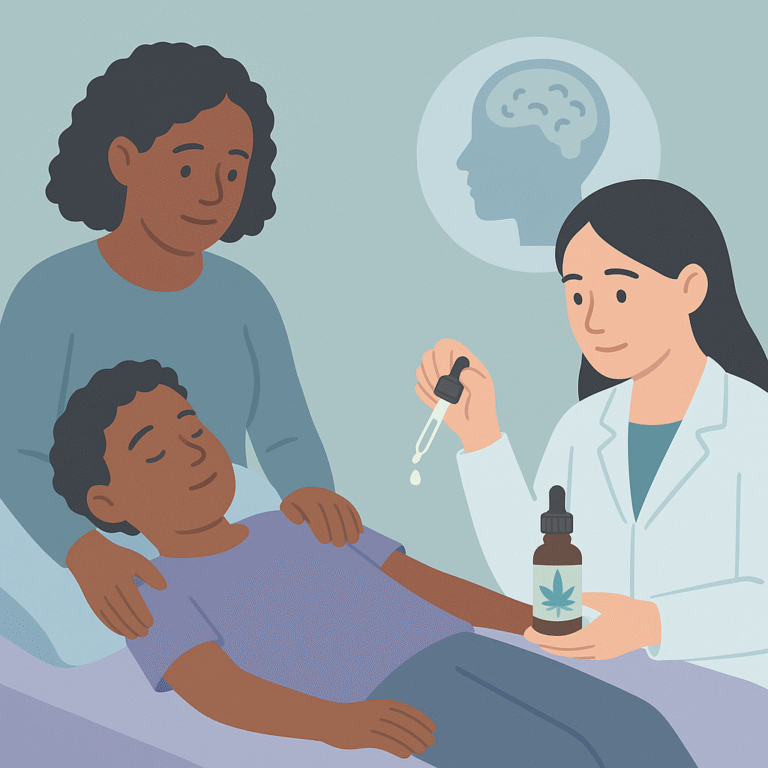
Researchers studied the use of cannabidiol, a compound found in cannabis, in children with developmental and epileptic encephalopathies (DEEs).
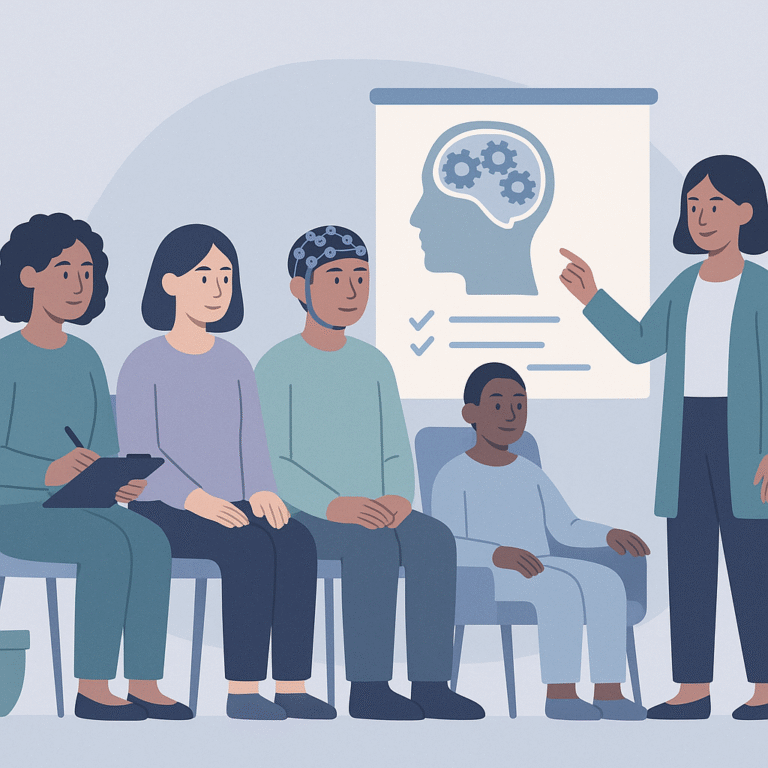
This study looked at how effective neuropsychological interventions are in improving thinking skills in people with epilepsy.
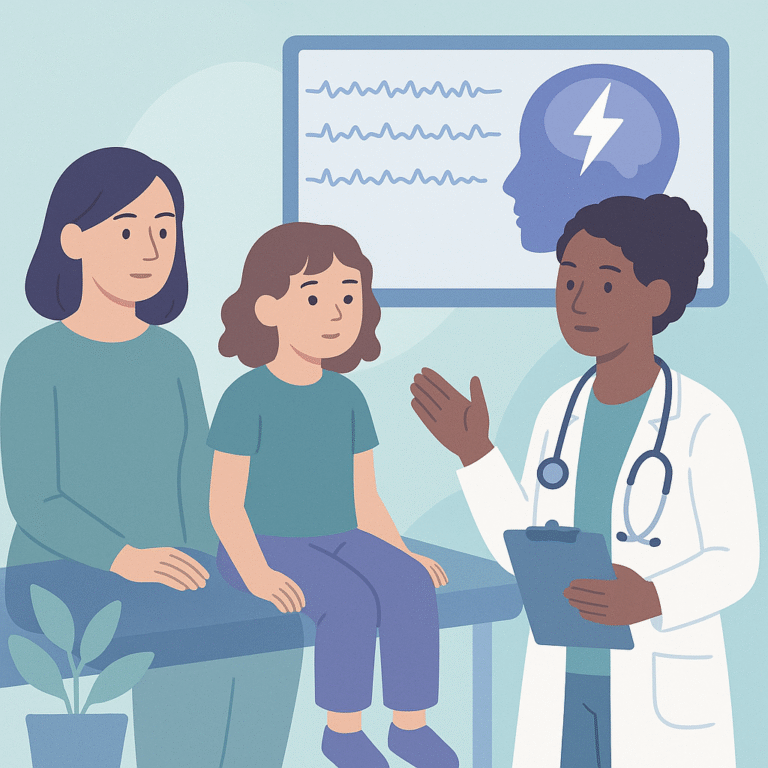
This study looked at different types of interventions aimed at helping children with epilepsy, focusing on service delivery, behavioral therapies, and self-management techniques.
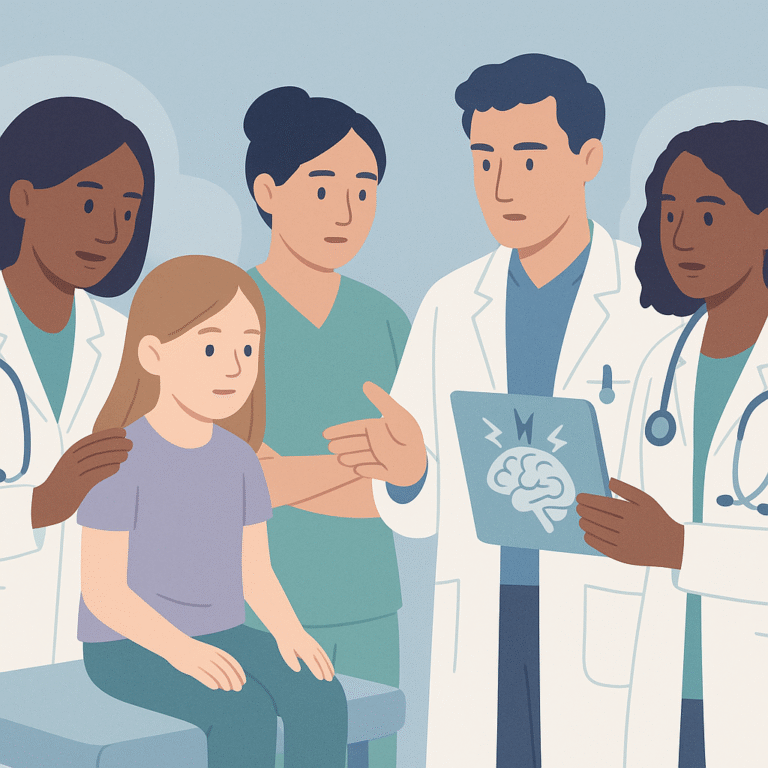
A study was conducted in Jordan to understand how well pediatricians and pediatric residents know about epilepsy and its management.
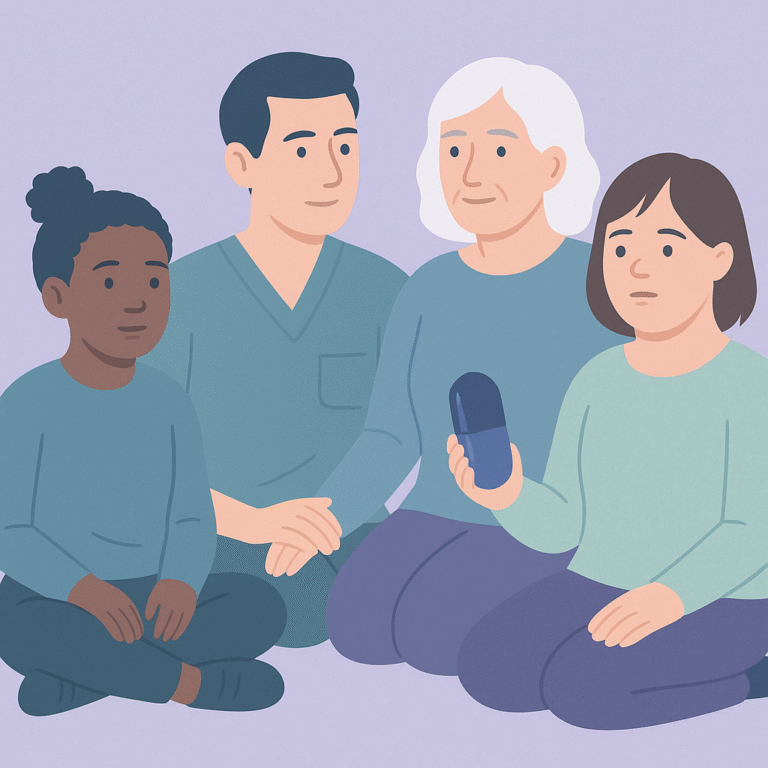
This study looked at the long-term effects of a medication called fenfluramine on people with Lennox-Gastaut syndrome (LGS), a type of epilepsy.
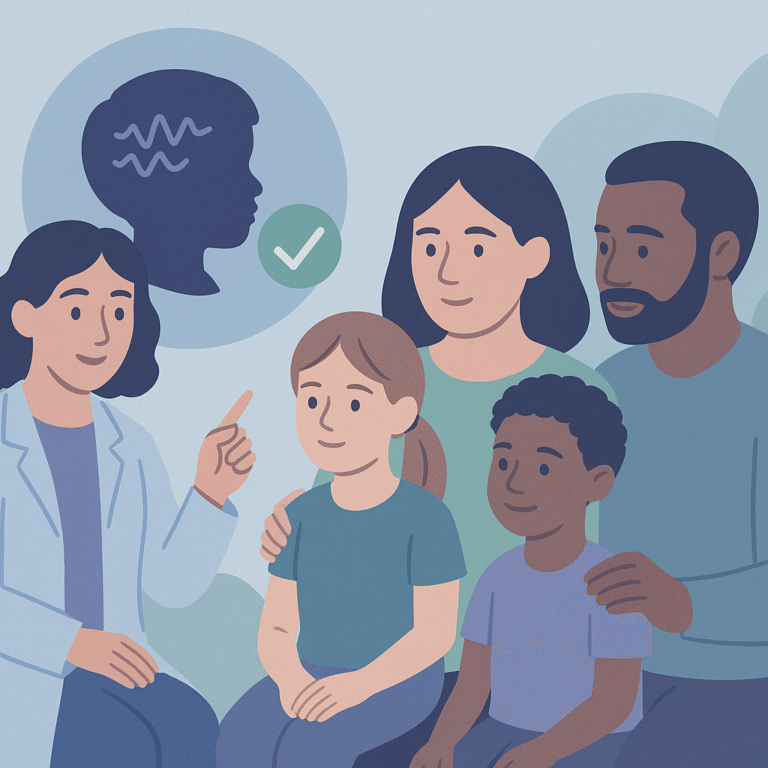
This study looked at how well children and young people with epilepsy can become seizure-free over time.